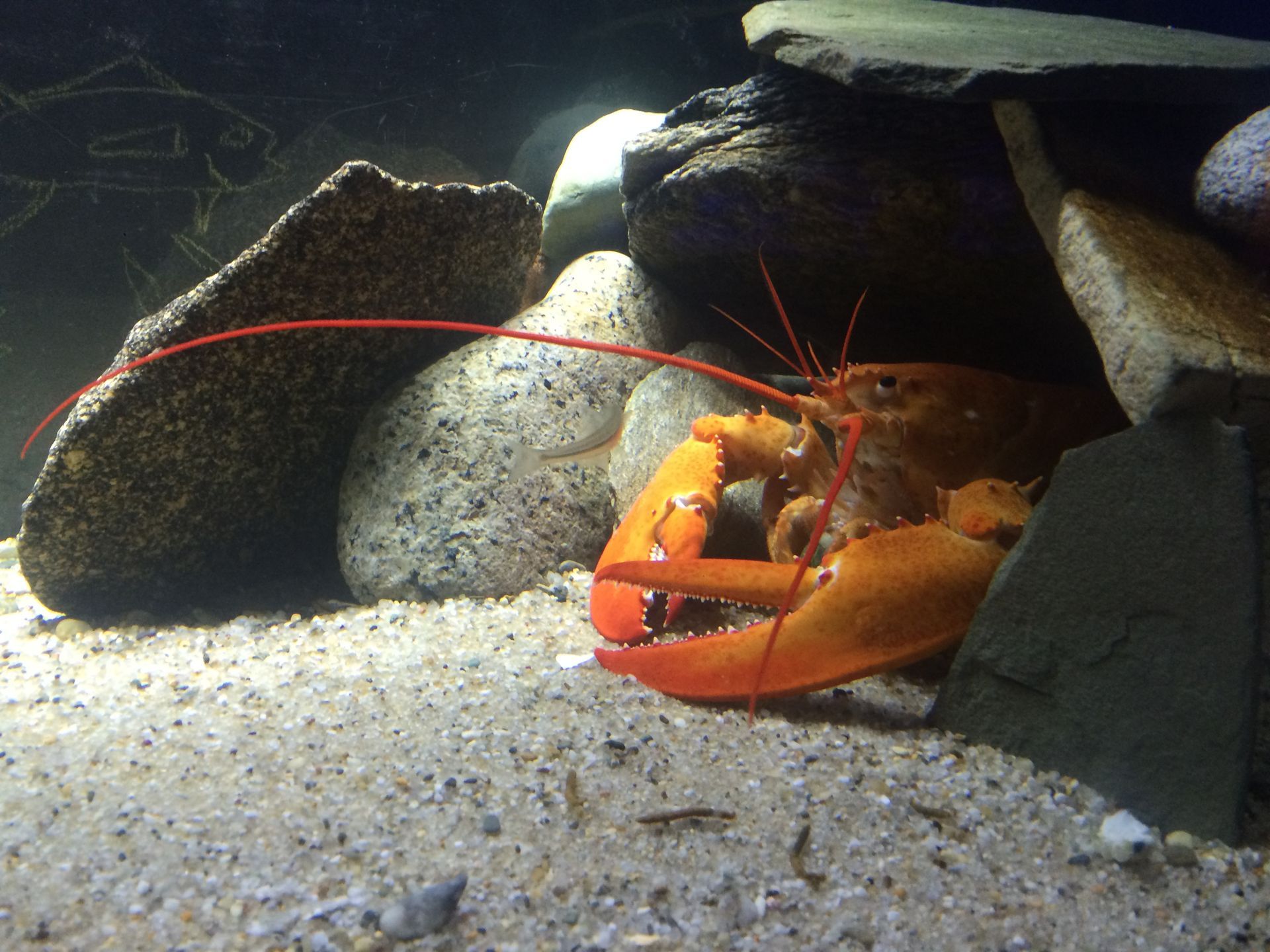Nantucket Maria Mitchell Association Welcomes Tara Riley, Emma Morgan, Dr. Rich Blundell, RJ Turcotte, and Charles Johnson as March Science Speaker Series
NANTUCKET, MA—The Nantucket Maria Mitchell Association (MMA) announces that it will host Tara Riley, Emma Morgan, Dr. Rich Blundell, RJ Turcotte, and Charles Johnson, with moderator, Joanna Roche, for a panel discussion on monitoring Nantucket Harbor’s water quality for its March Science Speaker Series. The panel presentation will take place on Wednesday, March 19 at 7pm via Zoom. This event is free to all.
“Harbor Health: A Collaborative Approach to
Water Quality Monitoring on Nantucket”
Join us for an engaging panel discussion on water quality monitoring in Nantucket Harbor. The discussion will feature: the Town of Nantucket (ToN) Shellfish and Aquatic Resources Manager, Tara Riley; ToN’s Water Quality Specialist, Emma Morgan; MMA Scientist, Dr. Rich Blundell; Nantucket Land and Water Council Waterkeeper, RJ Turcotte; ToN Storm Water Manager, Charles Johnson; and be moderated by MMA Executive Director, Joanna Roche. During this panel discussion, you will learn about the Nantucket Harbor Monitoring Project, a 2024 water quality monitoring initiative launched by the MMA, now expanding in collaboration with the Town of Nantucket Natural Resources Department and Nantucket Land and Water Council. The initial project, generously funded by the ReMain Nantucket Fund at the Community Foundation for Nantucket, the Great Harbor Yacht Club Foundation, the Osceola Foundation, the Sociable Weaver Foundation, and through collaboration with the Town of Nantucket's Harbormaster, aims to establish a continuous water quality monitoring system for Nantucket’s lower harbor. The data collected thus far provides a vital baseline for ongoing environmental assessment and conservation efforts. Thanks to ongoing generous support from the Great Harbor Yacht Club Foundation, we’re excited to expand upon this project in collaboration with the Town of Nantucket and the Nantucket Land and Water Council and to continue our work to protect and preserve Nantucket’s beautiful harbor. Don’t miss this opportunity to hear from local experts in resource and conservation management and learn more about how this project is helping to safeguard our treasured harbor for future generations.
Tara Riley is the Shellfish and Aquatic Resource Manager, for the Town of Nantucket Natural Resources Department – Brant Point Hatchery. After obtaining a degree in Marine Biology and a Masters in Fisheries and Aquaculture, Riley has had twenty-five years of experience in the field of producing saltwater fish and shellfish for research, profit, and now restoration. She has been involved in regional and global hatchery renovations and has served as a consultant for WHOI for the development and operation of a hatchery in Zanzibar, Tanzania. Since coming to Nantucket in 2009, Riley has worked on the development and implementation of shellfish enhancement initiatives and water quality and habitat monitoring for Nantucket Island’s waters. By 2015, she had garnered enough community support and stakeholder buy-in to secure funding for the 2-million-dollar design and renovation of the Brant Point Shellfish Hatchery. As a hatchery specialist, she designed and installed the internal hatchery components to create a fully integrated year-round shellfish hatchery. Riley has been intimately involved in the development of the town’s first shellfish management plan and now the town’s first eelgrass management plan. She is passionate about everything related to recreational and commercial fisheries and strives to create a more sustainable and healthy future for Nantucket’s natural resources.
Emma Morgan is the Water Resource Specialist for the Town of Nantucket's Natural Resources Department. Morgan earned a Bachelor of Science in Biology from St. Mary's College of Maryland, followed by a Master of Science in Applied Coastal Ecology from the University of Central Florida. Her job on Nantucket focuses on managing the Town's water quality monitoring program, which involves sampling the island's recreational waters, monitoring harmful algal blooms, analyzing water quality data and trends, and collaborating closely with science organizations on and off the island to maintain the health of Nantucket's water bodies.
Dr. Richard Blundell is the Visiting Scientist at the Maria Mitchell Association and is an ecologist and philosopher working at the convergence of art, science, nature and culture. As the founder of Oika, his research examines how transformation happens across the scales of person, place and planet. As a communicator, Rich tells a scientific story of the universe that includes art and human creativity as natural phenomena. Dr. Blundell’s research and work has received numerous grants and awards including, an ongoing TIDES innovators award, The National Science Foundation grant for Science Out There, the Michael Brinkman Award, The Deep Time Values video award for An Earth Story, The Macquarie University Innovation in Scholarship award for The Cosmosis1 Explorer app, an Oculus Creators Award for In the Light of the Forest VR, and nomination for the Jackson Hole Wildlife Film Festival Best New Media for Saving Grey’s Zebra. Blundell’s creative video work has appeared on PBS, National Geographic and numerous social media platforms. He is currently the Visiting Scientist at the Maria Mitchell Association.
RJ Turcotte has worked for the Nantucket Land & Water Council for the last six years, first as Resource Ecologist and then as the Nantucket Waterkeeper. He started his career in Rhode Island with Save The Bay and the Blackstone River coalition, assisting with salt marsh restorations, environmental education, and heading a volunteer water quality lab. As Waterkeeper, he works on eelgrass restoration, water quality monitoring, coastal resilience and environmental advocacy across the island community.
Charles Johnson is the Stormwater Manager for the Town of Nantucket’s Sewer Department. Charles has recently been asked to oversee the Town’s Stormwater System for the Nantucket Sewer Department. He has been working for the Sewer Department for 7 years as Treatment Plant Operator and Engineering Compliance Officer. For the 17 years prior to working year-round on Nantucket, he taught Mathematics, Tech Ed. (boatbuilding and STEM classes) to high school students in New Haven and Bridgeport, CT. During that time, he coached sailing and coached and started a Girl’s Ice Hockey Program in Guilford, CT. with his daughter. Before returning to school for a Teaching Certificate in CT, he worked as an Environmental Engineer, first with the DEP’s for New Jersey and Connecticut, and then for private consulting firms. Charles graduated from Lehigh University with a degree in Civil Engineering, is a Registered Professional Engineer in the States of Connecticut and Massachusetts, and as a Grade 7 Wastewater Operator in Massachusetts. He was first taken in by the beauty and the water quality of Nantucket Harbor when vacationing with his family on Brant Point in 1970 and has vacationed here summers at his wife’s family summer cottage in Quidnet since 1975. He keeps his boat in Polpis Harbor and enjoys sailing, swimming and fishing.
Pre-registration is required to attend Zoom. To register for Zoom, use the registration link below: https://us06web.zoom.us/webinar/register/WN_IIhpmYJIQmSb057MJoR0YQ#/registration
This series is generously sponsored by our lead sponsor, Bank of America.
The Maria Mitchell Association was founded in 1902 to preserve the legacy of Nantucket native astronomer, naturalist, librarian, and educator, Maria Mitchell. After she discovered a comet in 1847, Mitchell’s international fame led to many achievements and awards, including an appointment as the first female professor of astronomy at Vassar College. Maria Mitchell believed in “learning by doing” and today that philosophy is reflected in the MMA’s mission statement, programs, research projects, and other activities. The Maria Mitchell Association operates two observatories, a natural science museum, an aquarium, a research center, and preserves the historic birthplace of Maria Mitchell. A wide variety of science and history-related programming is offered throughout the year for people of all ages.
###
For Immediate Release
February 18, 2025
Contact: Jónelle Gurley
jgurley@mariamitchell.org
Recent Posts




